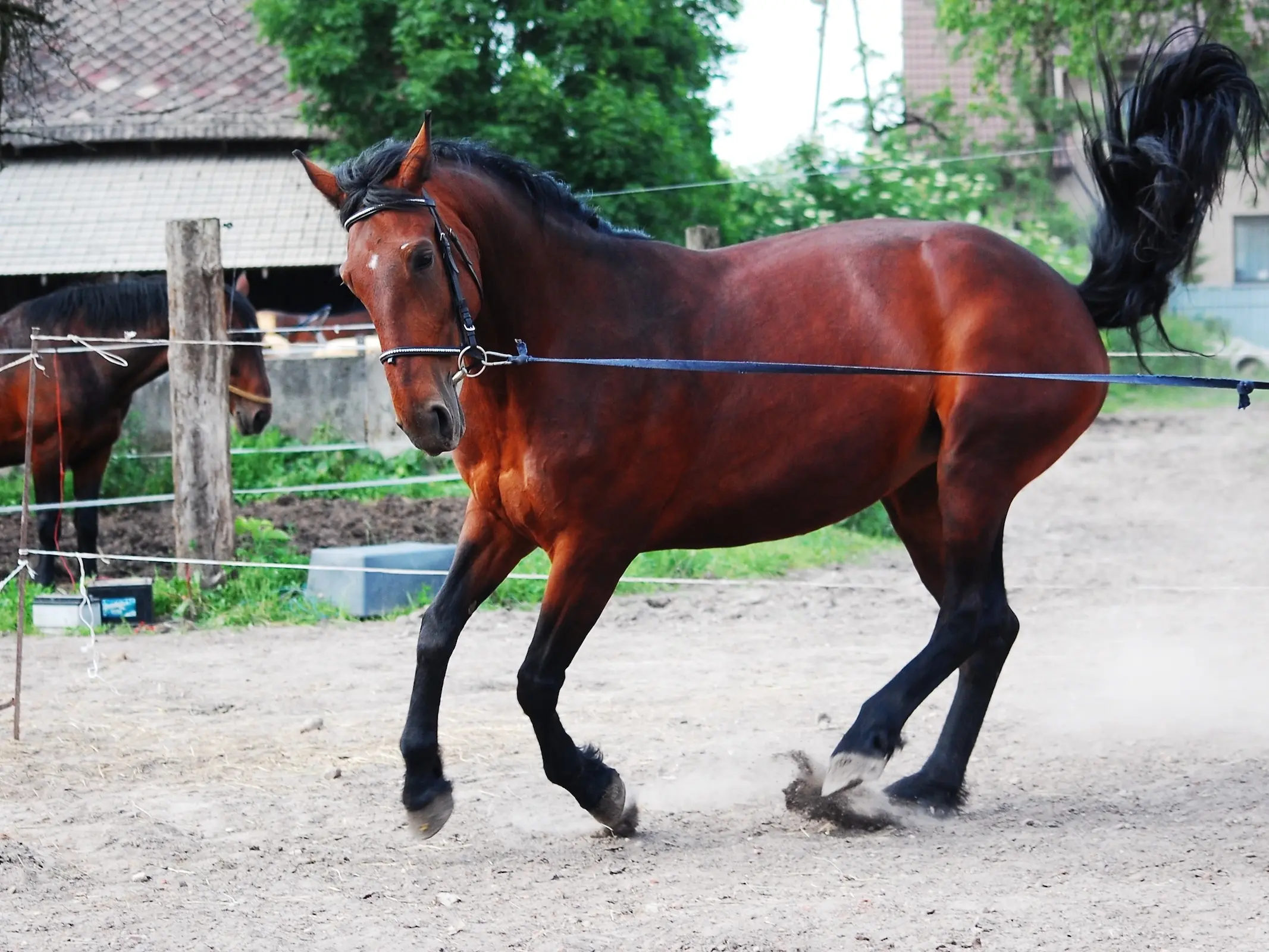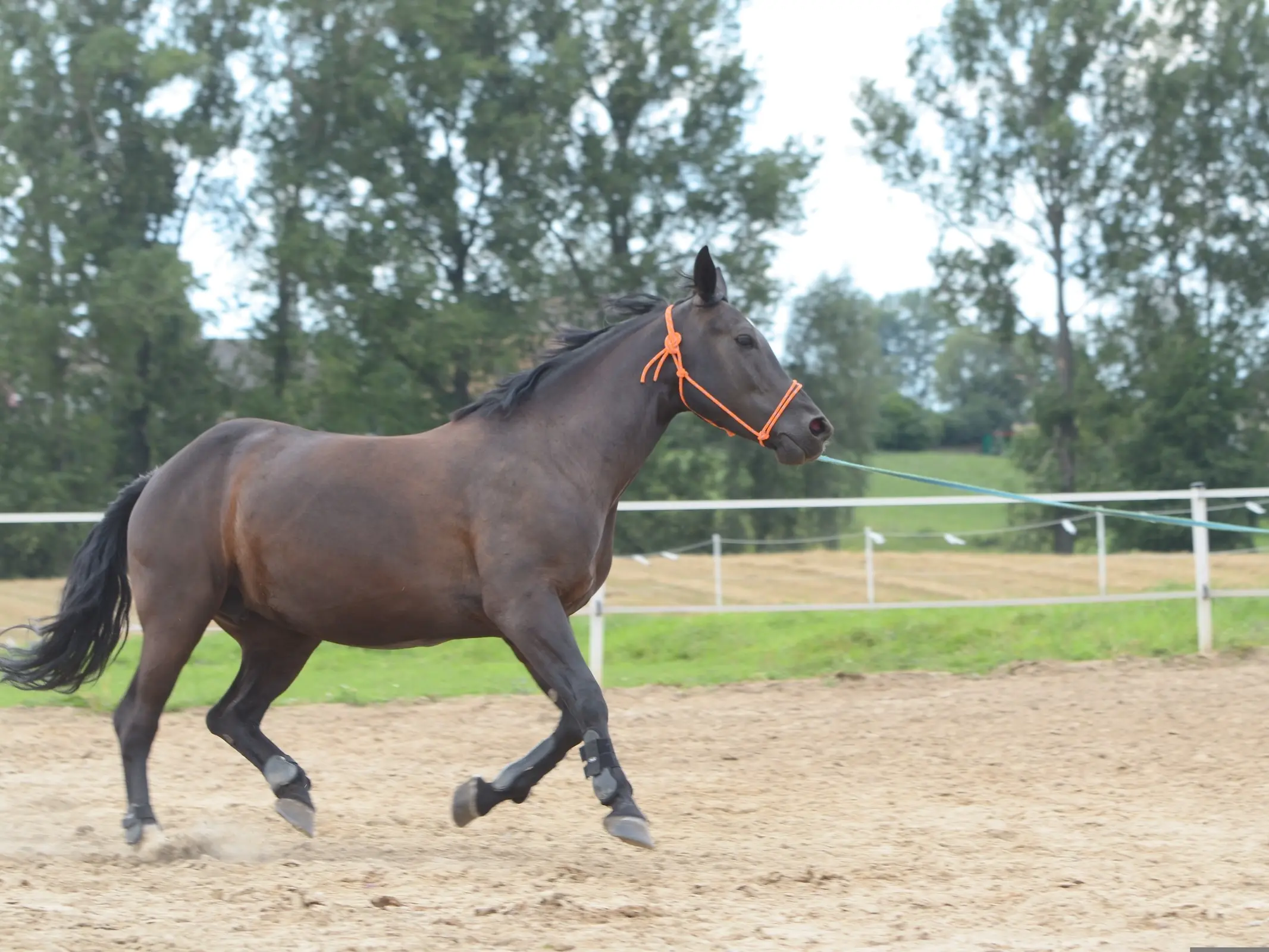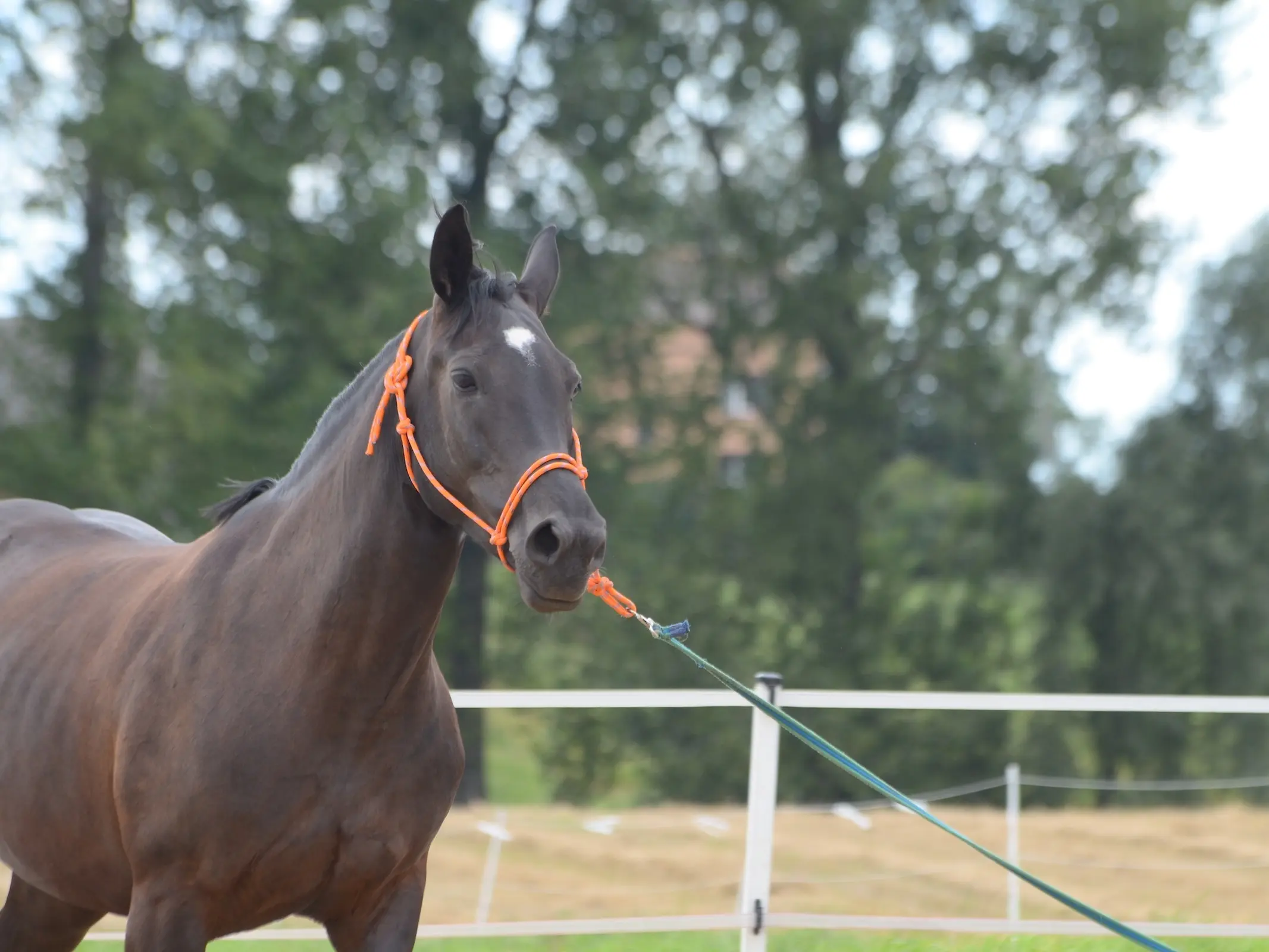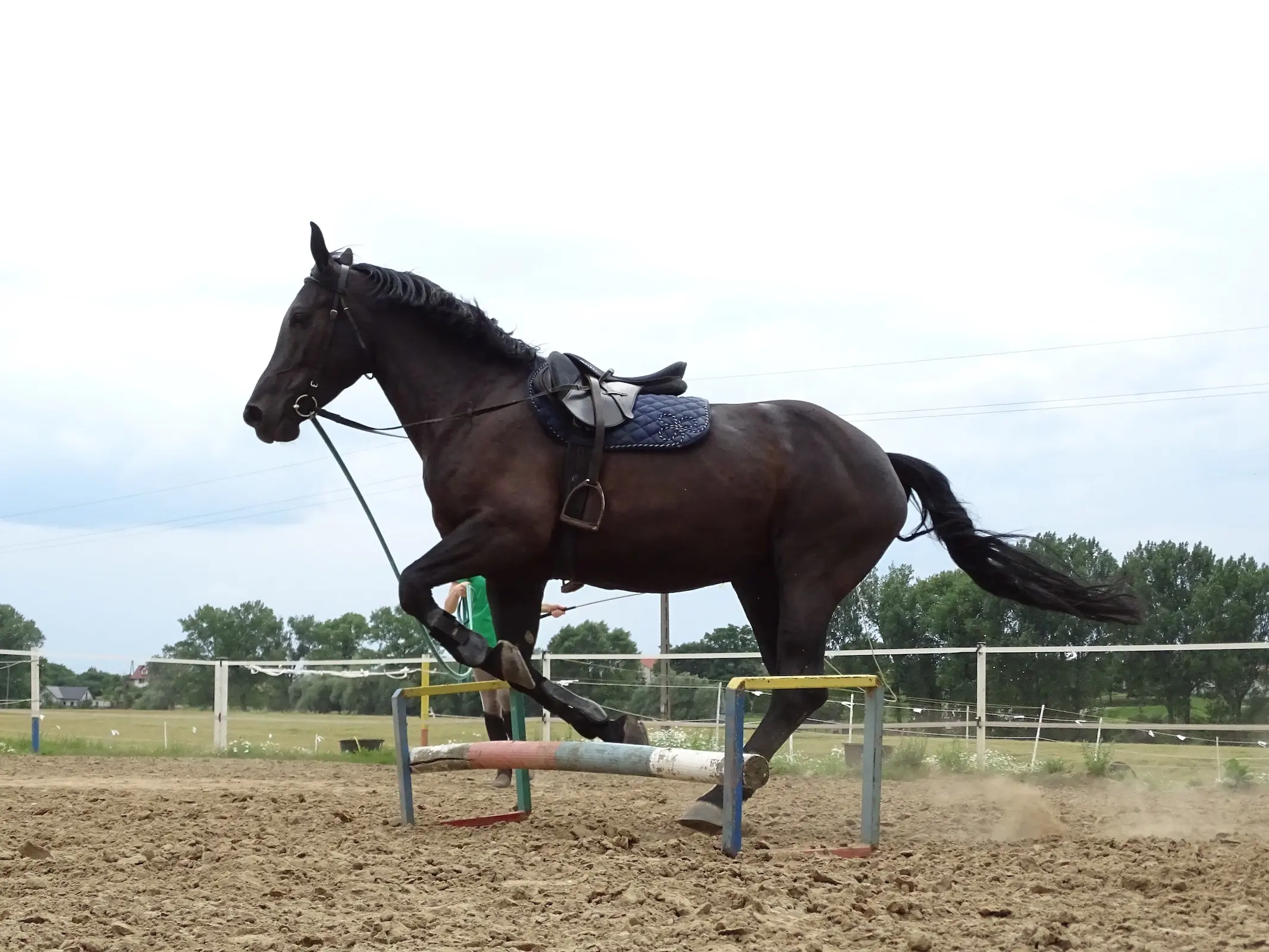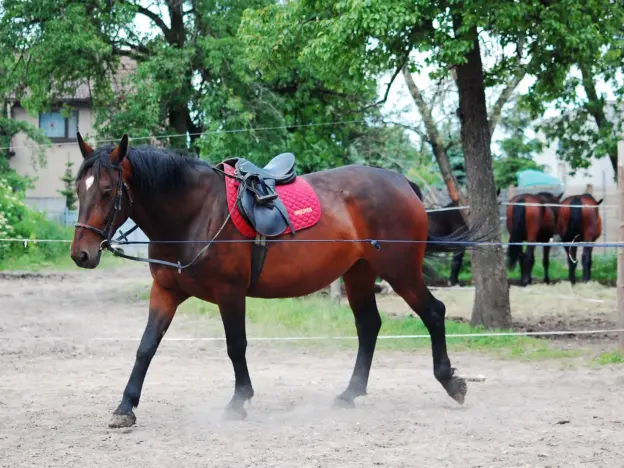Intro
The Silesian or Slaski Horse was developed around the turn of the 19th century, named for Lower Silesia in Poland where they are bred.
Origins
They come from a cross between Oldenburg, East Friesian and local halfbred stock. The result was perhaps the heaviest warmblood in Europe at the time, an animal that was useful for pulling carts and light agriculture. The second World War slowed down their breeding, but unlike many others didn’t have much of an affect on the Silesian, so their breeding continued post war.
Unlike many of the other heavier breeds, these animals are still versatile enough to be used in a variety of capacities and while their numbers are low there is a solid herd of pure animals. An official studbook was established in 1961 to preserve their genetics and it appears they’ve held numbers high enough.
Today the breed has been subdivided into the modern Silesian and Old Type, bred for different uses.
Features
Average height 15.1 – 16 hands
Traditional Colors
Most solid colors
Temperament
Balanced character
Use
Driving
Light draft
Helpful Links
*All links open in a new window
Polish Genetic Biodiversity Programs
More Images
